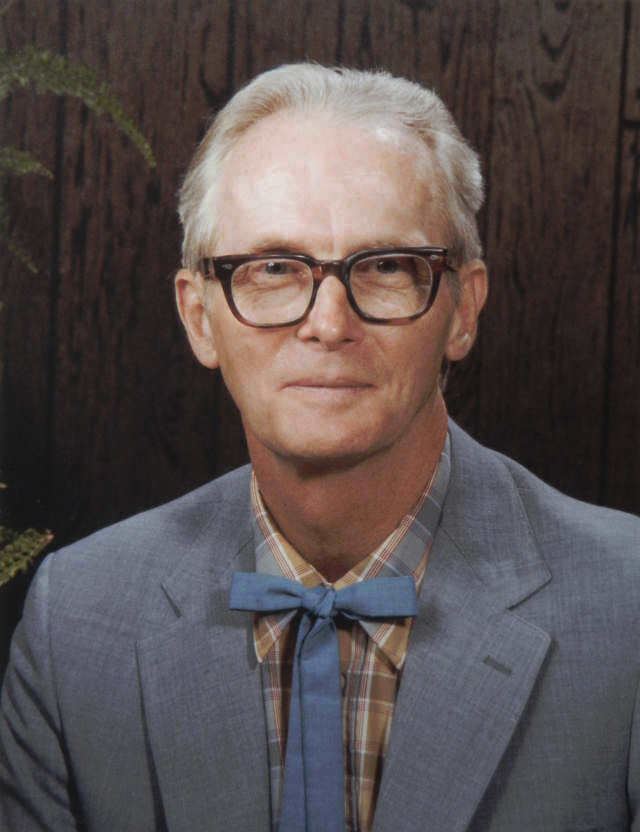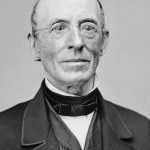Date of Birth: December 9, 1919
Zodiac Sign: Sagittarius
Date of Death: April 14, 2011
Biography
William Nunn Lipscomb Jr. was an American chemist and Nobel Laureate, renowned for his work on the structure of boranes, a class of chemical compounds of boron and hydrogen. Born in Cleveland, Ohio, Lipscomb’s early fascination with chemistry was sparked by his high school teachers and crystallized during his undergraduate years at the University of Kentucky. He earned his Ph.D. in chemistry from the California Institute of Technology (Caltech) under the mentorship of Linus Pauling. After completing his doctorate, Lipscomb worked on the Manhattan Project during World War II. He later joined the University of Minnesota’s faculty before moving to Harvard University, where he spent the majority of his academic career. At Harvard, Lipscomb’s pioneering research utilized X-ray crystallography to determine the structures of complex molecules, contributing significantly to the understanding of chemical bonding. His groundbreaking work on boranes earned him the Nobel Prize in Chemistry in 1976. Lipscomb’s contributions extended beyond his research; he was a dedicated mentor to many students, several of whom became prominent scientists themselves. He was also known for his interdisciplinary approach, integrating principles from physics, mathematics, and biology into his chemical research.
5 Interesting Facts about William Lipscomb
1. William Lipscomb was a talented musician and played the clarinet in several orchestras.
2. He was a member of the National Academy of Sciences and the American Academy of Arts and Sciences.
3. Lipscomb’s Ph.D. advisor, Linus Pauling, was also a Nobel Laureate, having won the Nobel Prize in Chemistry in 1954.
4. He was known for his humorous and approachable teaching style, often using cartoons and sketches to explain complex concepts.
5. Lipscomb’s research on boranes laid the groundwork for advancements in areas such as materials science and pharmaceuticals.
5 Most Interesting Quotes from William Lipscomb
1. “Science is a wonderful way to spend your life, and I have no complaints.”
2. “The beauty of chemistry is that it helps to explain the world around us, from the simplest substances to the most complex.”
3. “Teaching is not just about imparting knowledge; it’s about inspiring curiosity and a love for learning.”
4. “The interdisciplinary approach is essential in modern science, as the boundaries between fields continue to blur.”
5. “Understanding chemical bonding at a fundamental level opens doors to countless innovations and technologies.”
Highest Net Worth Achieved
William Lipscomb’s net worth is not widely documented, but his highest net worth was likely modest compared to modern standards. As a dedicated academic and scientist, his wealth was primarily in the form of his contributions to science and education.
Children
William Lipscomb had three children: 1. James (Jay) Lipscomb 2. Dorothy (Dory) Lipscomb 3. Kenneth (Ken) Lipscomb
Relevant Links
1. [Nobel Prize Biography](https://www.nobelprize.org/prizes/chemistry/1976/lipscomb/biographical/
2. [Harvard University Tribute](https://chemistry.harvard.edu/news/tribute-william-lipscomb
4. [American Chemical Society Article](https://pubs.acs.org/doi/10.1021/cen-chemistrynews
5. [Obituary in The New York Times](https://www.nytimes.com/2011/04/16/us/16lipscomb.html


